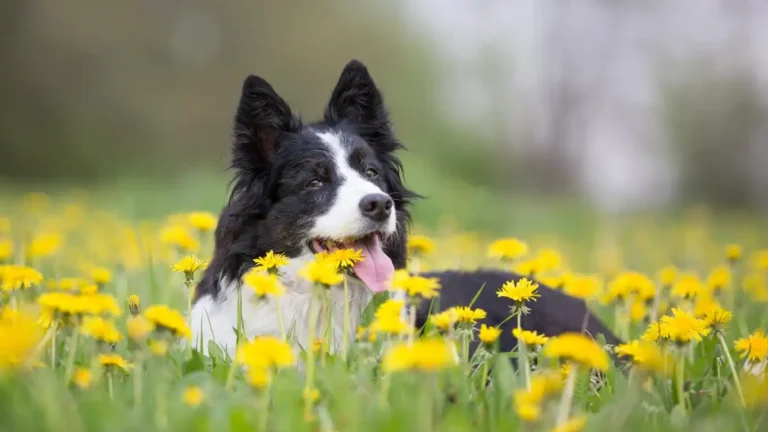Transform Walks: Best Dog Walking Tips That Fix Bad Behavior Fast
When it comes to improving your pup’s behavior, there’s one habit I swear by that often gets overlooked: the simple, beautiful dog walk. Yep, you heard me right. If you’re looking for the best dog walking tips for better behavior, you’re already ahead of the pack. Walking isn’t just about exercise—it’s one of the most underrated behavior training tools we’ve got. And believe me, after years working as a Veterinary Technician and specializing in pet nutrition, I’ve seen firsthand how much structured, consistent walking can work wonders—not just for their waistline, but for their mind and manners too.
Why Daily Walks Matter More Than You Think
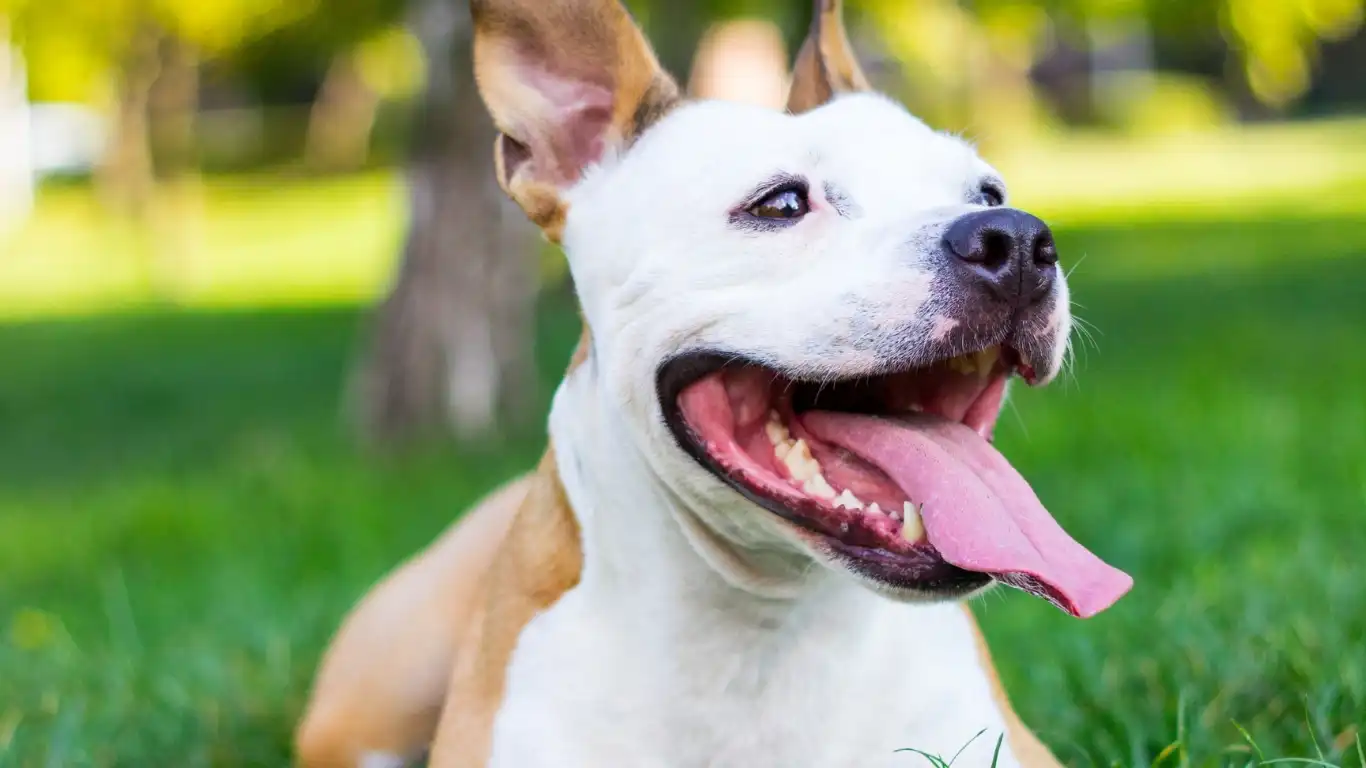
Let’s start with the obvious: dogs need to burn off energy. But the real magic? A walk is more than just movement—it’s mental stimulation, bonding time, and an opportunity for you to set boundaries. You’re not just walking your dog, you’re communicating with them. They’re watching your body language, learning leash manners, and absorbing how to behave in the world around them.
Back in my clinic days, I had a regular named Luna—a wildly sweet but incredibly reactive Aussie mix. Her pet parents were doing everything right at home—healthy food, training classes, toys galore—but behavior issues kept popping up. The missing piece? Purposeful walking. Once we integrated a more structured walk routine, her reactivity decreased dramatically within a few weeks. It was like watching her anxiety melt with every step. That experience stuck with me.
Physical + Mental Benefits of Daily Walks
Beyond behavior, walks serve multiple wellness goals:
- Weight management: Especially crucial for breeds prone to obesity.
- Improved digestion: Helps get things moving post-mealtime.
- Socialization: Safe exposure to new people, smells, dogs, and environments.
- Mental calm: A well-walked dog is way less likely to destroy your shoes.
How Your Walk Style Affects Their Behavior
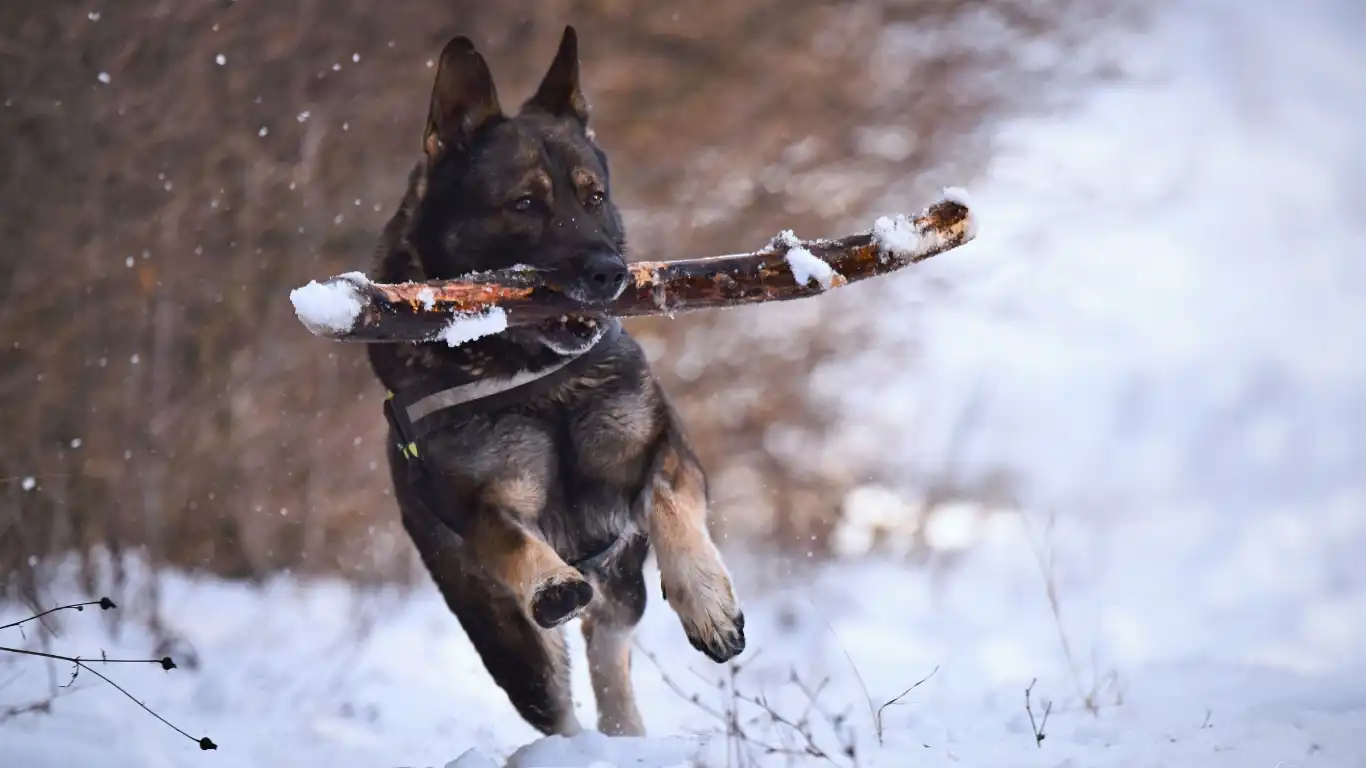
Alright, let’s be real. Most of us have taken our pups on a casual stroll with our phones in hand, letting them zig-zag all over the sidewalk. While that’s fine sometimes, if your dog’s behavior at home is chaotic, chances are their walks are too. The structure and energy you bring to your walk can set the tone for their entire day.
Structured vs. Unstructured Walks
There’s a time and place for both, but here’s how I break it down with my clients:
- Structured Walk: Dog walks calmly by your side, limited sniffing, clear direction from you. Great for reinforcing focus and obedience.
- Unstructured Walk: Loose leash, free to sniff and explore (safely). Perfect for decompression after a training session or a long day indoors.
Mixing both types throughout the week hits that sweet spot between stimulation and obedience. And trust me, once you nail a good structured walk, it carries over into their behavior at home—less jumping, barking, or destructive habits.
Choosing the Right Gear Makes All the Difference

I’ve lost count of how many times pet parents come to me struggling with leash pulling or hyper behavior, and the issue turns out to be the gear. As someone who’s seen the damage an ill-fitting collar can cause (hello, skin irritations and even trachea injuries), I always emphasize getting the right tools.
Bianca’s Quick Gear Checklist:
- Harness vs. Collar: For most pullers, a front-clip harness is a game-changer.
- Leash Length: Stick with 4-6 feet. Those retractable leashes? Hard pass for training walks.
- Pouch it Up: A treat pouch makes reward-based training during walks a breeze.
Remember: your goal is communication and comfort. If your dog is distracted or uncomfortable from the get-go, you’re already working uphill. I’ve tried just about every leash and harness combo on the market—don’t be afraid to experiment until you find the right fit for both of you.
Reading Your Dog’s Body Language on Walks

One of the most underrated walking skills? Becoming fluent in your dog’s body language. I can’t count how many times a client told me their dog “loves walks” while the dog was clearly overwhelmed or overstimulated. Trust me, learning to read their subtle signals is a total game changer, especially if you’re working on behavior.
Here’s a quick cheat sheet I usually share with pet parents:
- Relaxed body, soft eyes, loose tail: All signs your pup is enjoying the stroll.
- Whale eyes, pinned ears, stiff body: Your dog might be anxious or on alert—time to create space.
- Frequent stopping to scratch, sniff excessively, or lag behind: Could be distraction… or discomfort.
I once had a senior Golden named Baxter who started dragging during walks. At first glance, it looked like laziness. But after checking his gait and posture, we realized he had early arthritis flaring up. A joint supplement, shorter structured walks, and a lightweight harness made a world of difference. Just goes to show—paying attention can spare a lot of trouble.
Training While Walking: A Missed Opportunity
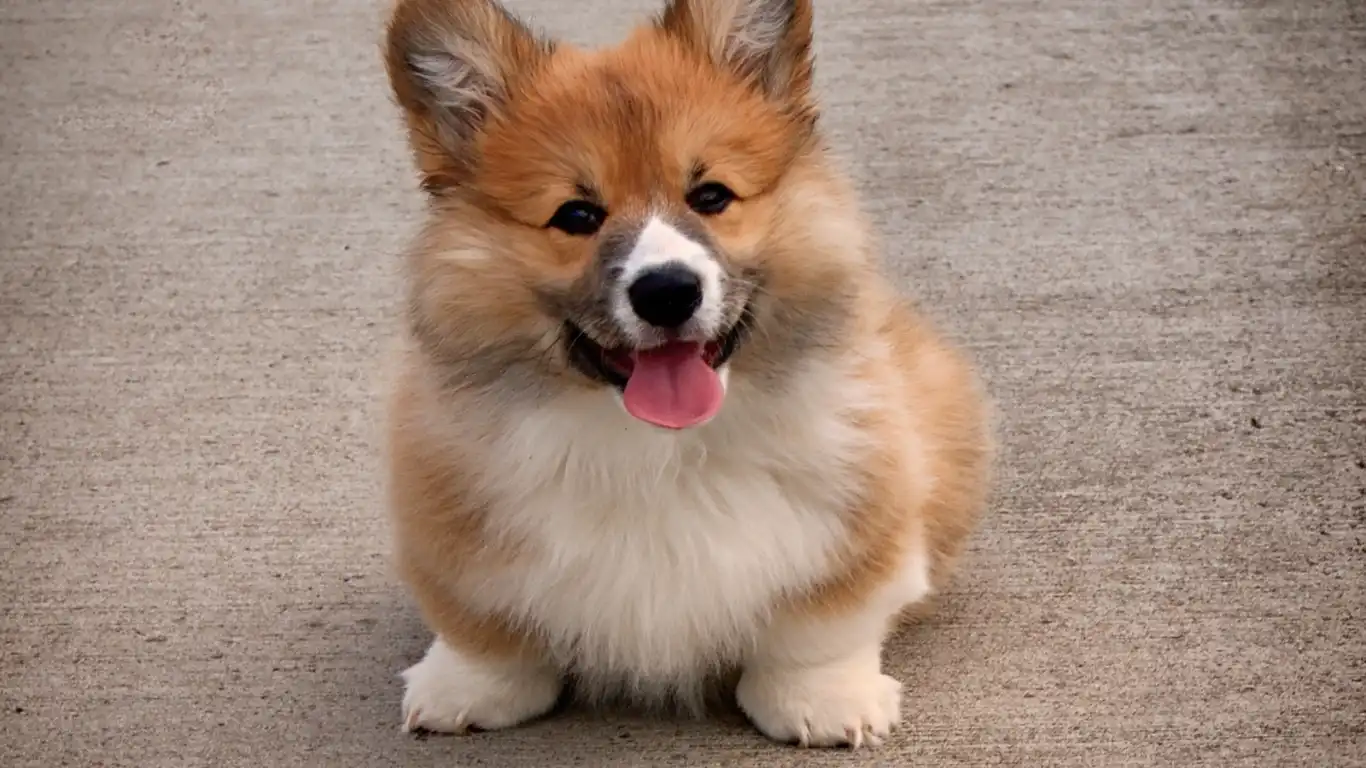
Here’s a secret I wish more people knew: walking time is prime time for training. Your dog’s already in a learning mindset, you’ve got their attention (hopefully), and the environment offers endless teaching moments. Plus, who doesn’t love multitasking?
My Go-To On-the-Go Training Tips:
- Reward check-ins: When your dog glances up at you during a walk, mark it with a “yes” and toss a treat. This encourages focus and reinforces your bond.
- Practice sit at corners: It’s an easy routine to build impulse control at crosswalks or intersections.
- Use real-world distractions: Spot a squirrel or another dog? That’s your training cue! Work on “leave it,” “watch me,” or “heel.”
Back when I was working with a spunky Vizsla named Tucker (an energy bomb, honestly), his mom and I set a walking challenge: each day they’d practice three “leave it” cues and one long “sit-stay” while outside. Within a week, she told me it was like walking a different dog. Confidence and control soared, and bonus—Tucker was exhausted (in the best way) when he got home.
Best Dog Walking Tips for Better Behavior in Multi-Dog Homes

Got more than one dog? First off—bless you. Walking multiple pups isn’t for the faint of heart, but it’s doable with the right approach. A lot of clients used to walk all their dogs at once, then wonder why behavior issues skyrocketed. It’s not just the logistics—it’s the energy dynamic.
Tips for Multi-Dog Walks:
- Start solo: If one dog struggles, walk them individually to build their confidence first.
- Match energy levels: Pair dogs with similar walking styles together. A calm senior won’t enjoy being dragged by a hyper puppy.
- Use dual leads or couplers: Once both dogs are well-trained solo, these tools can help manage two dogs without tangles.
At home, I had two dogs with totally different personalities—my sweet couch-loving Beagle and my terrier with the energy of a toddler on espresso. Walking them together before training was like participating in a chaotic three-legged race. After a few weeks of solo training and building leash manners, they synced up beautifully. No more tug-of-war with my arms. Just smooth, sane strolls.
Timing Your Walks for Success
Time of day matters more than people realize. Walking when the world’s quiet (early morning or late evening) can really help reactive or anxious dogs. Meanwhile, mid-day walks might expose your pup to more people, bikes, kids, and chaos—which is great for socialization but not ideal if you’re trying to de-stress a nervous dog.
Bianca’s Pro Tip:
If your dog gets overstimulated easily, aim for walks when the environment is calm. As they get more comfortable, slowly introduce more distractions. It’s like building up your dog’s emotional endurance muscle.
Also, don’t forget the weather factor. Hot sidewalks can burn paws, and icy ones can be slippery for both of you. Always check the pavement with your hand, and invest in booties if needed. Your dog may give you side-eye at first—but they’ll thank you later.
Making Walks Fun: Enrichment on the Go
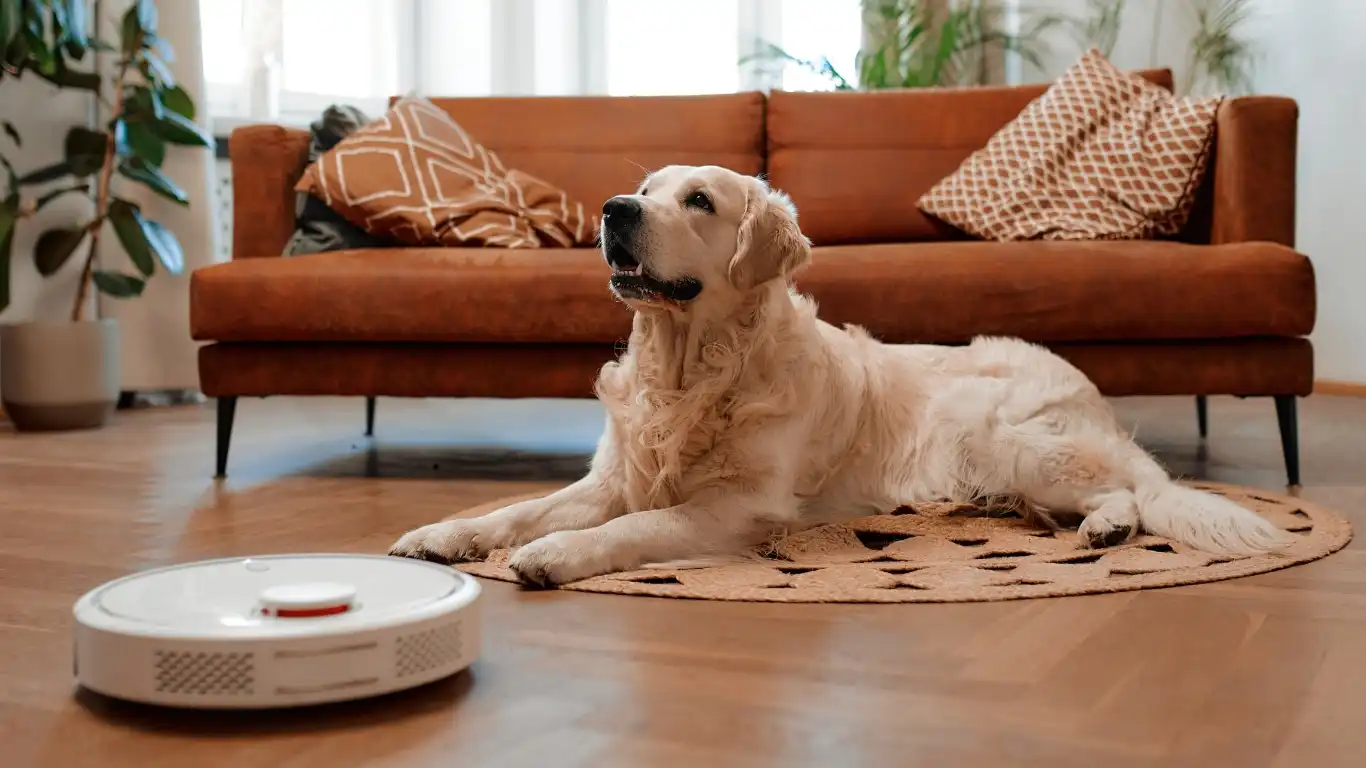
Alright, let’s talk fun—because walks shouldn’t feel like a chore (for you *or* your dog). One of the biggest mindset shifts I try to share with clients is this: walks aren’t just exercise, they’re a chance for your dog to explore, think, and just be a dog. And that mental engagement? It can seriously improve behavior, especially if your pup tends to get bored and destructive at home.
One of my personal favorite things to do is turn walks into little scavenger hunts. Scatter a few treats in the grass during a sniff break and cue a “search” command. It’s like a puzzle for their brain and gives them a chance to slow down. I used this with a nervous rescue named Olive—she went from anxious and leash-reactive to curious and confident just from adding scent games into our walks.
More Ways to Add Enrichment to Walks:
- Change up your route: A new street = new smells = a mentally tired pup.
- Let them lead (occasionally): Controlled “sniffaris” are great decompression tools.
- Introduce new surfaces: Grass, gravel, sand—all challenge their senses and coordination.
Even just five extra minutes of sniff time can make a noticeable difference in how calm your dog is afterward. So don’t rush. Let them have their moment with that particularly fascinating bush—it’s basically their version of scrolling TikTok.
Common Walking Mistakes (And How to Fix Them)

We’ve all made mistakes on walks—no judgment here. But a few small tweaks can drastically change your dog’s behavior, both on and off the leash.
Mistake #1: Using the Wrong Leash or Collar
If your dog is choking themselves with every pull, it’s time to reassess. I’ve seen too many raw necks and damaged tracheas to stay quiet about this one. A front-clip harness or a head halter can completely change your walk dynamics without hurting your pup.
Mistake #2: Not Setting the Tone
Dogs mirror our energy. If you leave the house frazzled and checking your phone, they’ll feel it—and probably act out. Try starting the walk with a calm “sit,” take a deep breath, and lead with intention. Trust me, your dog notices.
Mistake #3: No Follow-Through on Commands
This is a biggie. If you ask your dog to “heel” and then let them pull anyway, they’re learning your words don’t mean much. Consistency = clarity. It’s better to pause, reset, and reinforce the behavior you actually want.
Quick Troubleshooting: Common Behavior Issues During Walks
Here’s a little vet tech-style triage guide for walk-related behavior headaches. These are real questions I’ve gotten from clients over the years:
- “My dog barks at every person or dog we pass.”
Try increasing distance. Cross the street or walk in quieter areas to lower the intensity. Then gradually reintroduce triggers while reinforcing calm behavior. - “My dog drags me down the sidewalk.”
Switch to a front-clip harness, slow your pace, and reward frequently when they walk next to you. - “My pup refuses to walk at all.”
Check for discomfort, especially in the paws or joints. Could be anxiety or an ill-fitting harness. Use high-value treats to motivate, and start small.
I remember working with a Dachshund named Frankie who just *planted* himself at the end of the driveway. Turns out, his harness was rubbing behind his front legs—switched it out and he was trotting like a champ.
Final Thoughts: Creating a Consistent Routine
Behavioral improvement takes time, and dog walks aren’t a magic wand—but they’re one of the most powerful tools in your kit. If you’re consistent, intentional, and a little playful with it, I promise you’ll start to see a shift in your dog’s behavior, mindset, and even your bond.
Even ten minutes of focused walking can work wonders when done right. And don’t stress about being perfect—every walk is a fresh opportunity to improve, connect, and grow with your dog. Just like we tell our clients in clinic, it’s about progress, not perfection.
More Trusted Resources:
- American Veterinary Medical Association (AVMA)
- American Society for the Prevention of Cruelty to Animals (ASPCA)
- Certification Council for Professional Dog Trainers (CCPDT)
- PetMD
Disclaimer:
This article is based on personal experience and general veterinary knowledge. It is not intended to replace individualized advice from your veterinarian or a certified dog behaviorist. Always consult a qualified professional for specific behavior or health concerns related to your pet.



